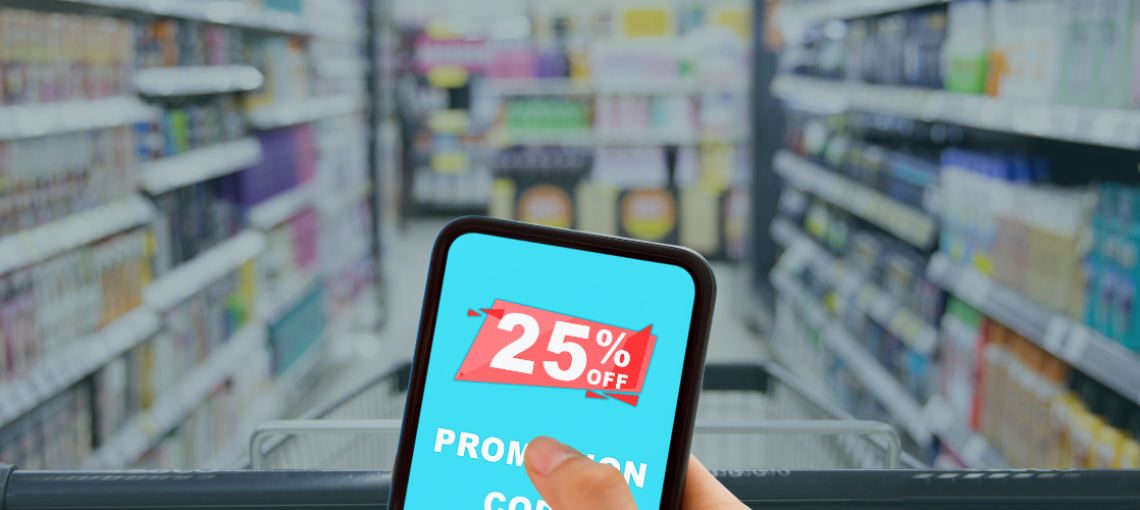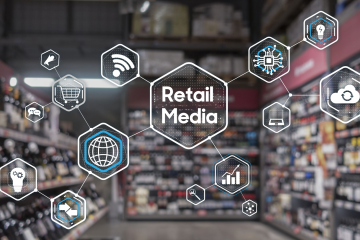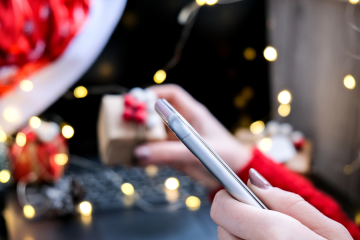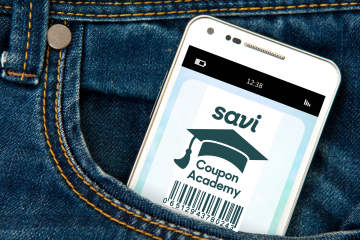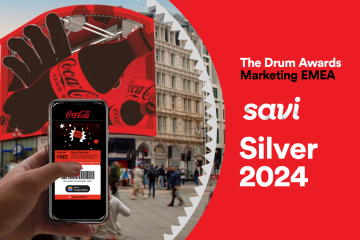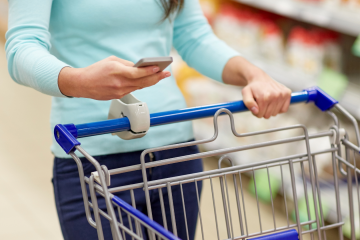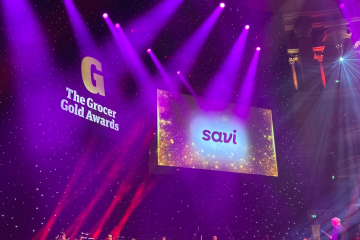“Everyone is attracted to a deal, no matter how large or small. By incorporating coupons and discounts into your overall marketing and pricing strategies, you’re already appealing to the minds of shoppers.
Here are six effective strategies, backed by behavioural science and extensive research that can improve the perception of your brand and increase conversions”.

1. Change the font sizes
it’s actually better to have the original price printed bigger. The reason is that you want the sale price to feel small. Sellers want people to think that the sale price is much less than the original price, so making it visually smaller should do it!
One study showed people an advertisement for a pair of roller skates. The ad had the name of the skates, a picture, and a description. According to the ad, the skates were normally £239.99, but they’re on sale for £199.99.
Everyone saw exactly the same ad…except for one small detail. Half the people saw a version of the ad where the regular price was printed a little bigger than the sale price, and the other half saw a version of the ad where the sale price was printed a little bigger than the regular price.
When people saw an ad where the sale price was printed in smaller font, they thought the sale price was less expensive, and they said they were more likely to buy the skates.
The smaller a sale price looks, the smaller the price itself feels.
2. Scarcity and FOMO
Shoppers don’t want to miss out on a great offer. Whether that’s a flight or a discount promotion that won’t last long, FOMO is real.
To avoid that FOMO pain, most shoppers will act sooner rather than later, so they can get in on the action. And that’s exactly what scarcity and urgency sales tactics play on.
Inform shoppers that deals will only be available for a limited time, which means they need to act right away instead of waiting. If they don’t, they’ll have to pay full price later as a result.
Low stock or limits per customer sales create a scarcity mindset. If people know something they’re eyeing is about to run out, they’ll be more likely to buy it before it’s too late and gone forever.
Combine both tactics because shoppers won’t want to miss out on a deal or lose their chance to buy something before it disappears, so they’ll feel the urge to act quickly instead of dilly-dallying.
3. The rule of 100 – Shoppers go for the bigger number
What does science say about the “% off vs £ off”?
According to research, a percentage discount is more appealing to consumers for items under £100. So 10% off a £50 shirt sounds better to buyers than giving them £5 off, even if they’re the same discount. Why? Because 10(£) looks bigger than 5(%)
A £–off discount works better for items priced over £100. On a £1,000 smart phone, people were more likely to buy when they received £200 off versus a 20% discount, despite the deal being the same. This time because 200(£) looks bigger than 20(%)
4. Make offers easy to work out
If you decide to coupon a £15 item down to £10, for example, people can easily see that they’ll save £5. However, if you price an item from £14.99 down to £9.96, they may not be able to quickly calculate they’re still getting £5.00 off — and, in this case, more.
Even though these offers essentially convey the same discount, people’s perceptions of them make a difference, which is why understanding the psychology of discounts is so helpful.
So don’t confuse shoppers with math problems.
5. End your coupon price in 99p
Shoppers are more likely to buy something with a price tag ending in .99 than they are when it ends in .00, according to numerous studies.
Now, it may seem illogical since we’re only talking about a penny here, but, psychologically speaking, prices look lower when they’re slightly under that .00 mark. That’s why .99, .98, .97, and .96 price endings work so well.
6. Don’t Underestimate the Power of Free
Freebies can be a double-edged sword. While they can attract and engage customers, they can also lower your brand perception and cause a negative profit margin if you’re not careful with them.
In one study, students were offered one fancy Lindt truffle for twenty-six cents or a Hershey’s Kiss for 1 cent. Surprisingly, 40% of them chose the truffle, and 40% chose the Kiss.
However, when the researchers dropped both prices by one penny, a staggering 90% chose the free Hershey’s Kiss.
The word ‘Free’ is processed by the reward centres in the brain, as our own research determined. Whereas discounts are processed by the neocortex, a more analytical area of the brain.
Our team can help you to follow Phillip’s wisdom and produce coupon promotions that deliver great results, to find out more get in touch here.
Phillip Adcock is a commercial psychologist who has worked with some of the world’s largest organizations as clients, including Apple, Kraft, L’Oréal, Mars, PepsiCo, Nestlé, Tesco, and P&G to help them understand customer behaviour better and increase brand share and consumer loyalty. To find out more get in touch with Phillip here.
